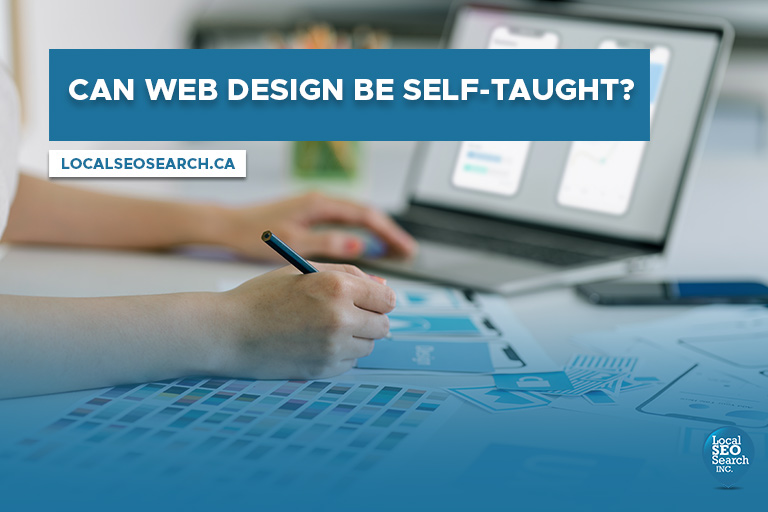In the digital age, where a significant portion of our daily lives revolves around the internet, the role of web designers has become increasingly crucial. Quality web design is a must for any business’ internet marketing, particularly for small businesses, and to have that you need a web designer.Have you ever wondered what a web designers’ job entails and how their expertise shapes your online experiences? In this article, we will delve into the multifaceted world of web design, shedding light on how web designers do the job of creating user-friendly, visually appealing, and functional websites.
Web designers are the creative architects behind the online spaces we interact with daily. Their primary objective is to craft websites that not only look aesthetically pleasing but also function seamlessly. To achieve this, they employ a blend of technical skills and artistic creativity. Let’s explore the various aspects of web design.
1. Designing Visual Layouts
At the core of web design lies the art of creating visually captivating layouts. Web designers meticulously select color schemes, typography, and graphical elements to create a cohesive and engaging user interface. They ensure that the design aligns with the brand’s identity while maintaining an intuitive user experience.
2. User-Centric Approach
Web designers prioritize user experience (UX) and user interface (UI) design. They aim to make websites easy to navigate, ensuring that users can find information effortlessly. This involves optimizing the website’s layout, menu structure, and button placement for an intuitive flow.
3. Responsive Design
In today’s mobile-driven world, web designers must ensure that websites adapt seamlessly to various devices and screen sizes. This responsive design approach is essential to provide a consistent and user-friendly experience across desktops, smartphones, and tablets.
4. Coding and Development

Web designers often possess coding skills, enabling them to bring their creative designs to life using programming languages like HTML, CSS, and JavaScript. This technical proficiency allows them to translate their vision into functional web pages.
5. Content Integration
Content marketing is always a cornerstone of your marketing strategy, whether that be written or video content. Besides aesthetics and functionality, web designers play a crucial role in integrating content seamlessly. They structure and format text, images, videos, and other media elements to ensure they are both visually appealing and easy to consume.
6. Testing and Optimization
What web designers do also involves thorough testing of websites across different browsers and devices to identify and resolve compatibility issues. They continuously optimize the website’s performance by improving loading speeds and eliminating any glitches.
7. SEO Considerations
Web designers also need to take into account search engine optimization (SEO) principles. SEO brings plenty of benefits, but it needs some investment to make the most of it. Web designers ensure that the website’s structure and code are optimized for search engines, making it easier for the site to rank higher in search results.
8. Collaboration
Web designers often work closely with various stakeholders, including clients, developers, and content creators. Effective communication and collaboration are essential to ensure that the final product aligns with the client’s vision and meets the project’s objectives.
9. Staying Updated
The field of web design is constantly evolving. Web designers must stay updated with the latest design trends, coding techniques, and technological advancements. This ongoing learning process helps them stay ahead in the ever-changing digital landscape.
10. Problem Solving

Web designers are problem solvers by nature. They analyze user feedback, track website analytics, and address any issues or concerns to enhance the website’s performance continually.
In conclusion, web designers are the creative minds and technical wizards behind the websites we interact with daily. Their roles and responsibilities extend beyond just aesthetics; they also focus on usability, functionality, and performance. What web designers do is blend artistry with technology to create online spaces that engage users and convey information effectively. Their multidisciplinary skills make them indispensable in the digital era, as they shape the way we experience the internet.
























